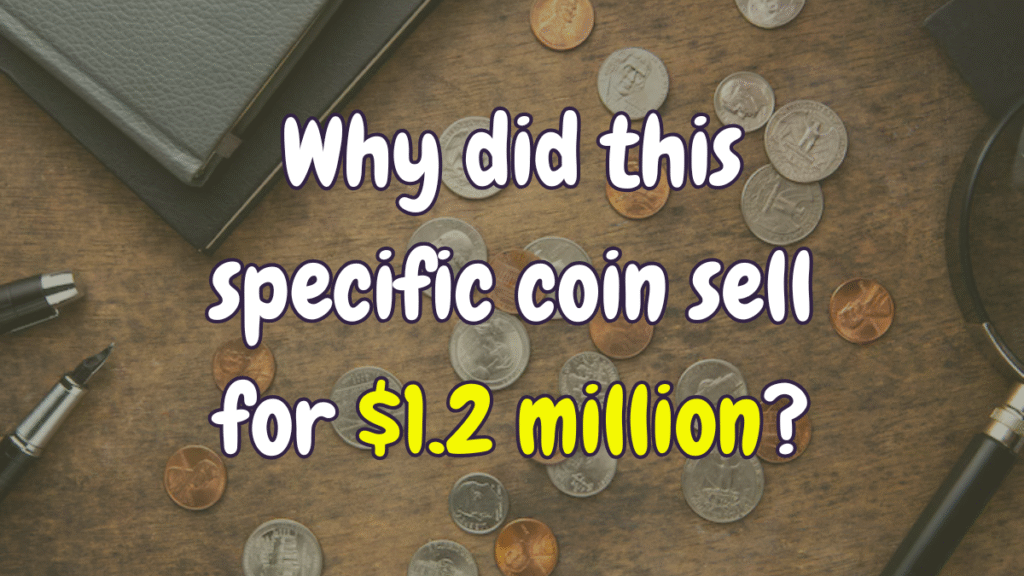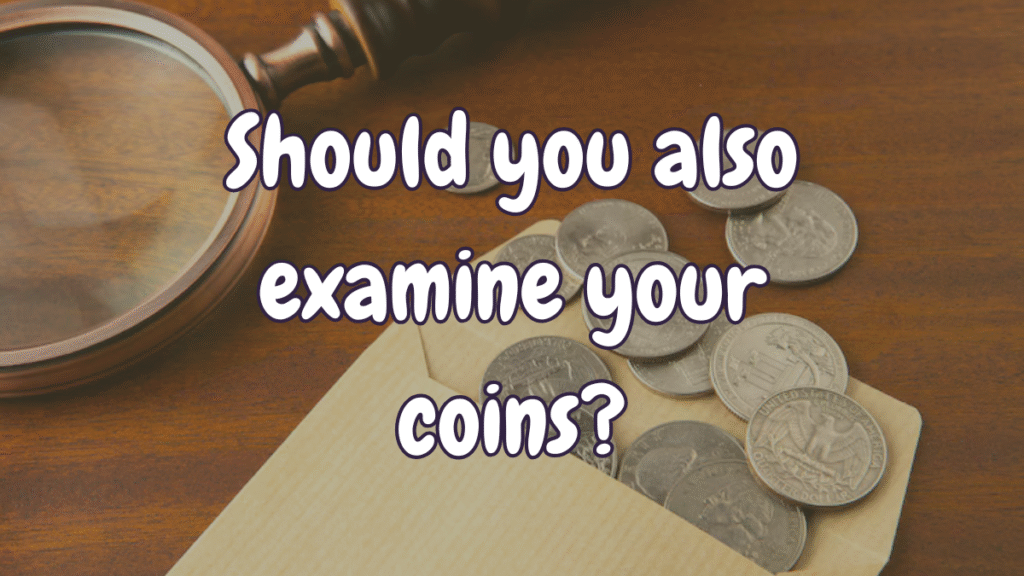Surprising wealth of crores found from pocket change
Recently a very uncommon 1976 Bicentennial Quarter (25 cent coin) has been auctioned for crores of rupees in America. The coin was auctioned in a personal transaction, and the charge of this coin became about $1.2 million dollars (ie about 10 crore rupees). This news has caused a stir among the common people all across America. Now all are searching for such a valuable coin in their pocket money, old coins and piggy banks.
What makes this 1976 Bicentennial Quarter unique?
This 1976 area turned into struck to commemorate America’s two hundredth birthday (Bicentennial). American quarters usually have an eagle on the lower back, but this Bicentennial region has a colonial drummer scene and a double date, “1776-1976.”
Naturally, millions of these coins had been produced, and these days most are well worth simplest 25 cents, however some were produced with a minting flaw or contained uncommon substances that made them relatively valuable.
Why did this specific coin sell for $1.2 million?

This Bicentennial quarter that sold for so much had these quirks:
- It was mistakenly minted on a 90% silver planchet, while regular quarters have copper-nickel composition.
- Its state was almost flawless — it was graded MS-68 by a reputable grading organization, and this is regarded as extremely high grade.
- It was a Proof Coin – i.e., a coin with extremely clean and precise details, which normally do not enter circulation. But this entered circulation accidentally.
The buyer of this coin described it as a “national heritage” and averred that its value is not monetary, but historical.
Are such rare coins still available in circulation?
Even though it is extremely hard to come across such coins nowadays, but not entirely impossible. Even today, such rare things can be discovered in collections of old coins, grandparents’ collection or inherited coins.
If you want to check your vintage coins too, then keep the following in mind:
- Check a 1976 quarter that does not have a Mint Mark – it could be from a special mint.
- If the weight or the color of the coin is slightly off – this could be an indicator that it is made of the incorrect metal.
- Double die error — when the letters or numbers on the coin appear slightly double.
- The coin looks like new — there is no wear on the edges, the shine is intact.
If your coin has any of these characteristics, then it can be worth thousands or even millions.
Why is the coin market hot these days?
The demand for rare coins is growing day by day in the US as well as globally. In the last few years, some ancient coins have been auctioned for lakhs and crores — like rare pennies (1 cent), nickels (5 cents) and quarters (25 cents).
Ever since the Corona pandemic, numerous individuals have become interested in such vintage collections and alternate investments. Old coins are no longer merely a pastime, but they have also emerged as an investment.
Should you also examine your coins?

Yes! If you have a piggy bank of coins, a collection, or inherited money — then now’s the time to take a good look at them. You could have a coin with a value of millions of rupees.
Do keep in mind: If you pick up a coin that looks suspicious or unusual, test it out with a certified coin dealer or grading company. Don’t sell it without testing.
At last.
Who knows — the next million-dollar coin might be in your pocket! So take a gander at your old change today. History might just be in your hands. and possibly a little bit of good fortune!
FAQs
Q1: Why is the 1976 Bicentennial Quarter so valuable?
A1: A rare version was minted in silver by mistake, had a near-perfect condition (MS-68), and was a proof coin mistakenly circulated — making it extremely valuable.
Q2: What features should I look for in a rare 1976 quarter?
A2: Look for silver composition, missing mint mark, double die errors, unusual weight, and a flawless, shiny surface — these signs may indicate a rare coin.
Q3: How much did the rare 1976 Bicentennial Quarter sell for?
A3: It was sold for approximately $1.2 million USD, or about 10 crore rupees, in a private transaction in the United States.
